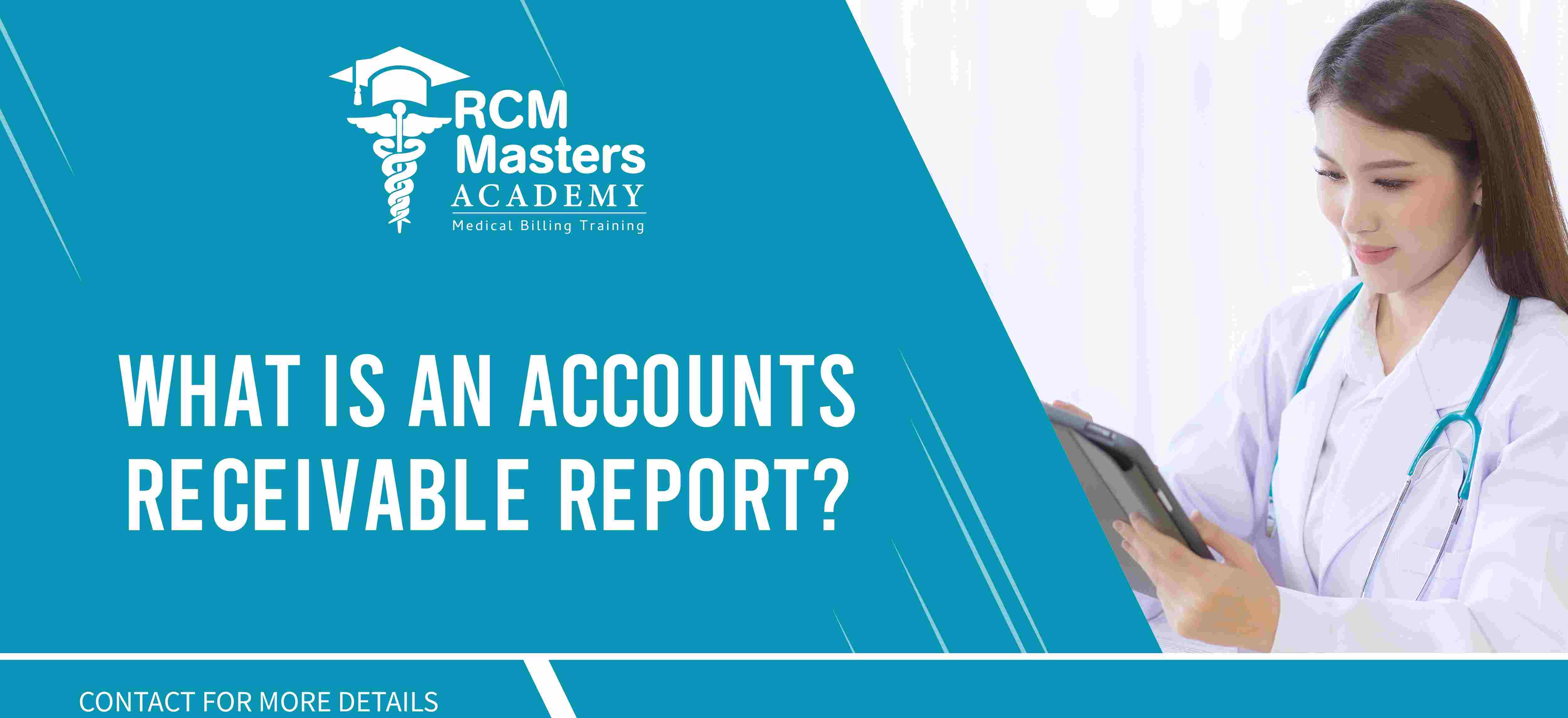 info@rcmmastersacademy.com
info@rcmmastersacademy.com

Every business that provides goods or services to customers on credit will have outstanding payments that need to be collected. These outstanding payments are recorded in the company's books as accounts receivable. Managing and monitoring the accounts receivable balance is crucial for a business's financial health. This is where an accounts receivable report comes in.
An accounts receivable report is a document that provides a detailed summary of the money owed to a business by its customers. The report contains information such as customer names, outstanding balances, payment due dates, and aging of the debts. The aging of debts is a critical aspect of the report as it shows the age of the outstanding debts, which helps to identify slow-paying customers and those who are likely to default.
The report is generated by the accounting software used by the business, and it can be customized to suit the specific needs of the business. The report can be generated on a daily, weekly, or monthly basis, depending on the size and complexity of the business. The report is used by the business to track and manage its accounts receivable balance, to identify slow-paying customers, and to take necessary actions to collect outstanding debts.
There are various types of accounts receivable reports, including the following:
1. Accounts Receivable Aging Report: This report shows the outstanding balances for each customer broken down into different aging periods, such as current, 30 days past due, 60 days past due, and so on. This report helps to identify overdue debts and take necessary actions to collect them.
2. Accounts Receivable Summary Report: This report provides a summary of the total outstanding balance of all customers. It helps to track the overall accounts receivable balance and identify trends over time.
3. Accounts Receivable Detail Report: This report provides a detailed view of each customer's outstanding balance, payment history, and aging of debts. This report is useful for identifying slow-paying customers and tracking the progress of debt collections.
4. Sales by Customer Report: This report shows the sales made to each customer during a specified period. It helps to identify customers with high sales volumes and those with low sales volumes, which can be useful for setting credit limits and terms.
In conclusion, an accounts receivable report is a crucial document for managing and monitoring the accounts receivable balance of a business. The report provides a detailed summary of the money owed to the business by its customers and helps to identify slow-paying customers, overdue debts, and trends in the accounts receivable balance. Businesses should generate and review accounts receivable reports regularly to ensure the timely collection of outstanding debts and maintain a healthy cash flow.
You can enroll for our Online Medical Billing Training here: